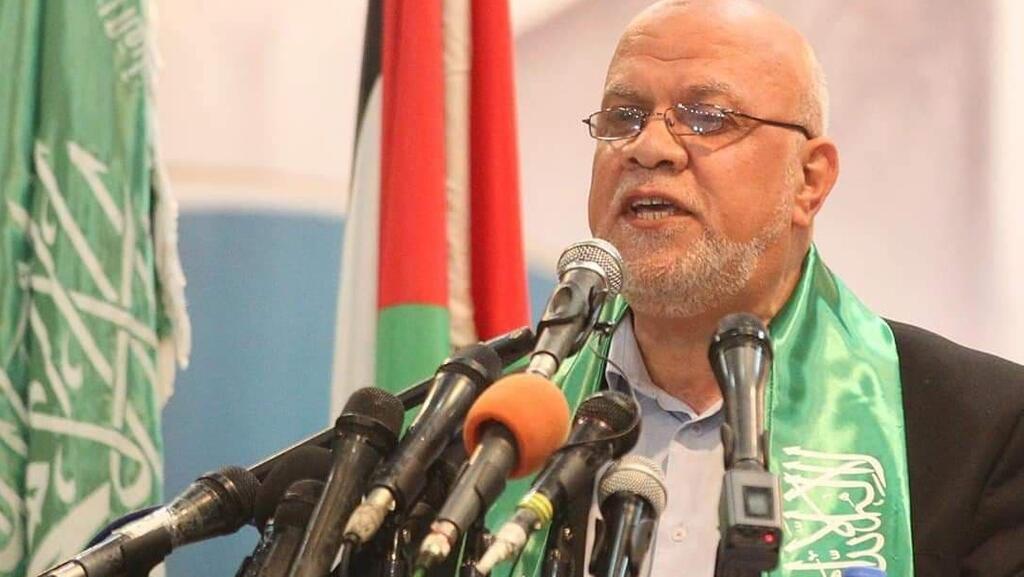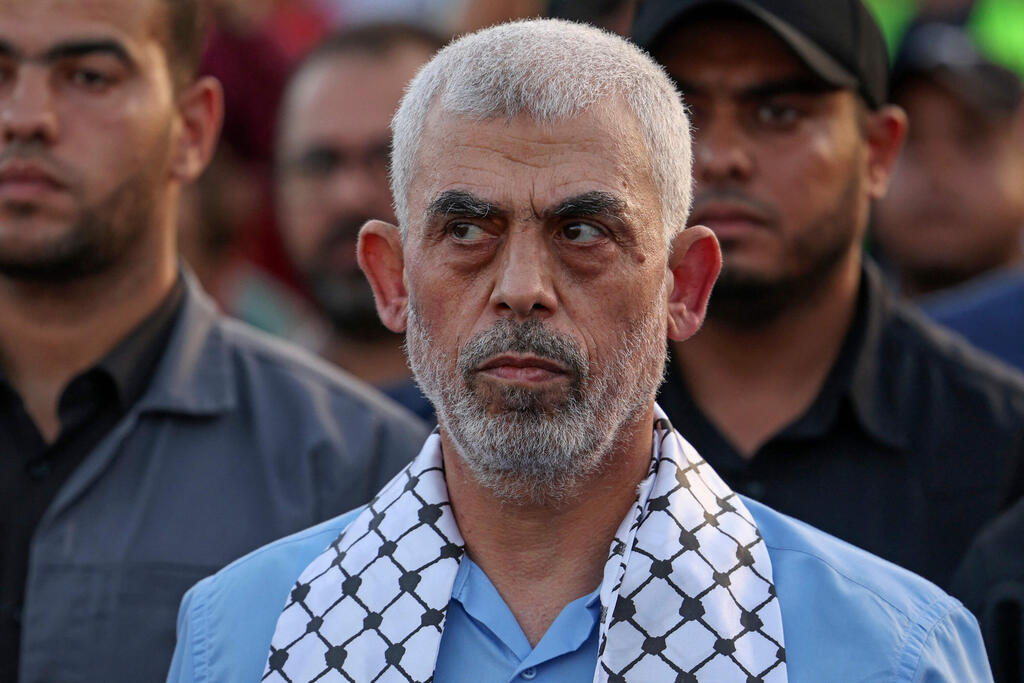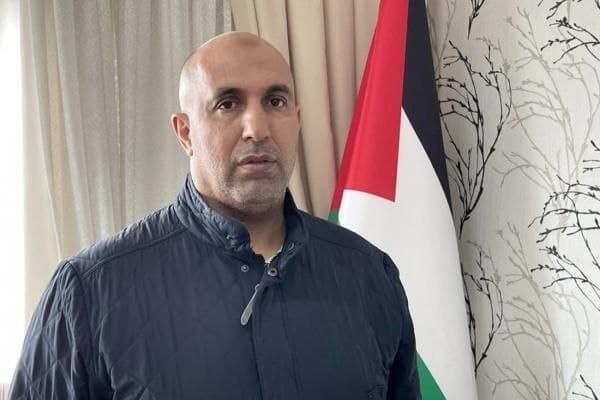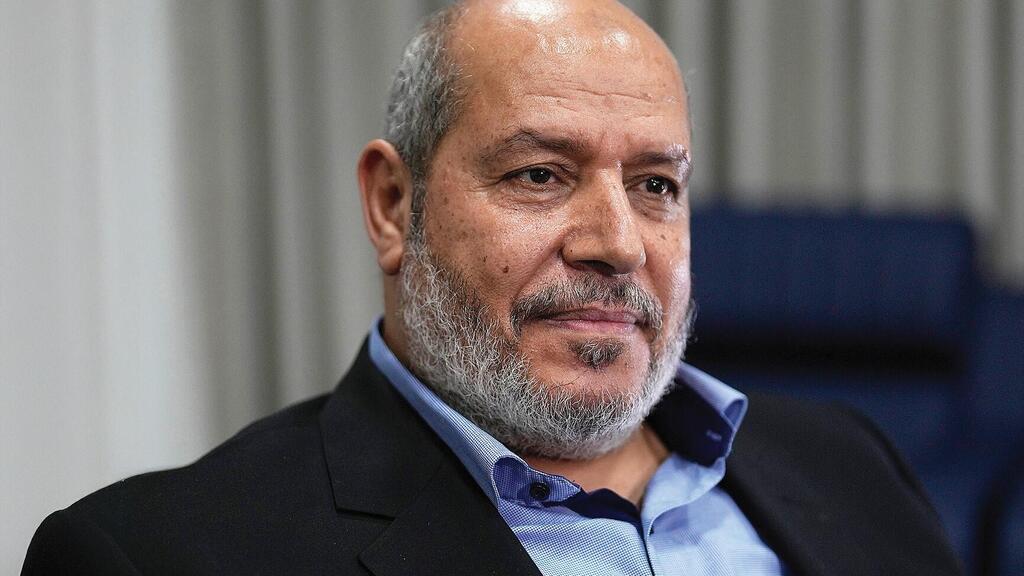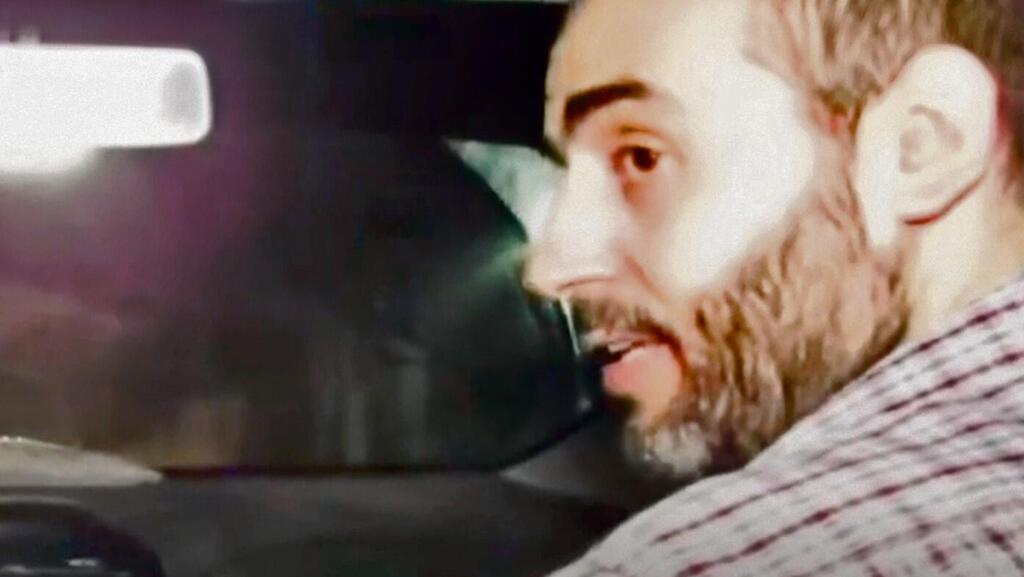Getting your Trinity Audio player ready...
During the war in Gaza, as key Hamas figures were assassinated—including its political bureau chief, Ismail Haniyeh—the terror group established a temporary five-member leadership committee. The committee consists of Khaled Mashal, Khalil al-Hayya, Zaher Jabarin, Mohammed Darwish and Nizar Awadallah, whose name was initially withheld for security reasons.
Following the killing of Yahya Sinwar in October 2024, the committee decided to lead Hamas until leadership elections, originally scheduled for March, though their status remains uncertain. Sources in Gaza suggest Hamas may elect a leader from outside the enclave.
According to reports in the Saudi newspaper Asharq Al-Awsat, Nizar Awadallah plays a key role in negotiations, particularly regarding hostage deals and a cease-fire. Sources told the outlet that Awadallah is, in fact, a shadow figure in the talks, although Khalil al-Hayya, Hamas' leader in Gaza, is a more prominent figure and the public face of the negotiations. Hamas has not publicly disclosed who is participating in the talks on its behalf.
Awadallah ran against Sinwar in the last Hamas leadership election, which was closely contested, and enjoys significant support within the group.
The symbolic figure and the point man for Iran
Mohammed Ismail Darwish, also known as Abu Omar Hassan, leads Hamas's Shura Council and heads political delegations to countries such as Turkey and Iran. He is seen as a unifying figure but is not considered "leadership material" due to his lack of charisma and inability to generate public enthusiasm.
Khaled Mashal, who was not closely aligned with Sinwar, is not believed to hold significant influence within Hamas.
Zaher Jabarin oversees the group's finances and serves as Hamas's key liaison with Iran, its primary financial backer. He is also responsible for the group's operations in the West Bank and previously served as deputy to Saleh al-Arouri, who was assassinated in Beirut last year.
Khalil al-Hayya, a close ally of Sinwar, has taken a dominant role in Hamas' political affairs and cease-fire negotiations. His strong ties to Sinwar’s brother, Mohammed Sinwar, further solidify his influence within the organization.
<< Get the Ynetnews app on your smartphone: Google Play: https://bit.ly/4eJ37pE | Apple App Store: https://bit.ly/3ZL7iNv >>
Mohammed Sinwar now commands Hamas’ military wing in Gaza, overseeing the remaining hostages and restructuring its forces.
Another key military figure is Ezz al-Din Haddad, known as "the ghost of Al-Qassam." A high-ranking commander of Gaza City and a member of Hamas’ military council, he commands at least six brigades, including the elite Nukhba forces, who carried out the October 7 massacre. He has survived multiple assassination attempts.
According to an investigative report by Al Jazeera, Haddad gathered Hamas brigade commanders for a secret meeting the day before the attack, where he issued orders. He instructed them to abduct as many IDF soldiers as possible in the first moments of the attack and bring them back to Gaza, while also taking control of border communities and documenting their actions.
Despite suffering significant losses, Hamas continues to govern Gaza and maintain military operations. According to a recent Associated Press report, Hamas has preserved its organizational structure and operational capabilities, including the distribution of humanitarian aid.
Sources in Gaza claim that Mohammed Sinwar has ordered rapid recruitment efforts, with the group still commanding around 20,000 fighters.



